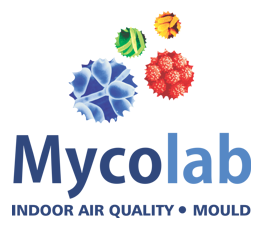Mould Cleaning Tips
What you need
- A HEPA Vacuum Cleaner (High Efficiency Particulate Arrestor (a filter that stops tiny particles from being released into the air after vacuuming)
- Microfibre cloths
- Vinegar Solution (80% vinegar / 20% water ): or
- Methylated Spirits (70% methylated spirits / 30% water)
- Appropriate PPE (Personal Protective Equipment) to protect yourself while cleaning eg. gloves, respirators, overalls.
How to clean
Protect yourself by putting on a respirator and gloves.
Vacuum the affected area with the HEPA vacuum to remove the mould spores.
Wipe clean the affected area using the microfibre cloths with vinegar or methylated spirits solution. Use a three bucket system – one bucket with 70% vinegar solution, the second with 30% vinegar solution and the third with clean water. Do not put the dirty cloths back in the 70% vinegar solution – wash in the 30% vinegar bucket and then clean water bucket. This avoids cross contamination.
The cleaning methods that follow are provided as an indication of what procedures are currently being used by us and within the industry. Again, mould growth may reappear if the conditions that allowed it are not corrected.
Showers, tiled floors and bathroom walls
Cleaning:
- If the surface is dry, vacuum using the HEPA vacuum.
- Using the mould cleaning solution in a spray bottle, spray all surfaces and wipe clean using the microfibre cloth.
- Plastic shower curtains can be rinsed in a bucket of water which contains the vinegar and water solution.
Maintenance
- Keep surfaces dry after showering. Use a squeegee to dry all wall and floor surfaces.
- Ensure exhaust fan operates for at least 10-15 mins after showering to remove excess hot wet air.
- Regularly (every 3 weeks) brush surfaces of walls with water/vinegar solution to remove soap scum and surface mould.
Soft furnishings and curtains
- Vacuum using the HEPA vacuum and horse hair brush on all surfaces.
- If the materials can be washed or drycleaned do so in accordance with the manufacturers instructions.
Walls and ceilings
- If the material is porous (i.e. ceiling tiles) these will need to be removed and replaced.
- If the material is gyprock and the mould has not grown right through then the surfaces can be vacuumed and damp wiped with the mould cleaning solution.
- Stubborn stains on the walls can be removed my making a bicarb paste solution (the consistency of sticky glue) and gently rubbing into the affected area. Wipe clean.
Clothing
- Put 1 cup to 500 ml of white naturally brewed vinegar in your washing machine.
- Have the water as hot as possible (be careful of delicate materials and clothing prone to shrinkage ie. wool).
- Stubborn stains can be removed by making a bicarb paste solution and gently rubbing into the stain. Wash again.
- Be careful to treat delicate materials according to manufacturer's instructions as they may need to be dry cleaned instead.
In order to be completely sure that all mould growth has been removed through cleaning, the affected areas / rooms should be inspected and tested by a qualified and trained technician. We have qualified technicians around Australia who can assist you. Please contact us for further information.
